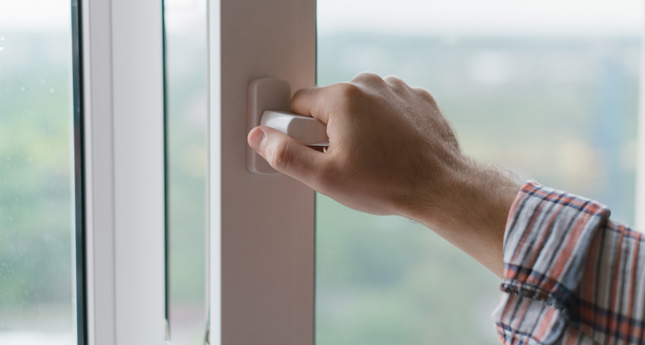

Regulations governing the energy performance of UK buildings are failing to acknowledge potential changes to indoor air quality (IAQ) over time, according to a leading expert.
Alan Macklin, group technical director at Elta Group, believes the impact of policies such as the Energy Performance in Buildings Directive (EPBD) and the Renewable Energy Directive (RED) is hampered by a failure to prescribe ongoing monitoring of ventilation performance in buildings.
He explained: "As policymakers work towards introducing standards to define specifically what comprises good IAQ, it is vital that we address the need for an ongoing monitoring requirement too.
"For years, the building services sector has operated with no formal standards for IAQ and while that appears to be changed for the better, it is vital that we don't fall into the trap of promoting a 'set and forget' approach.
"Ventilation rates in buildings have a tendency to fall short of their original performance specification over time as the characteristics of the building change. The usage of the building itself, the equipment within it, and its level of occupancy throughout the day can all affect air quality, so there is a clear need for levels to be checked regularly over time.
"Ventilation rates are prescribed by the Building Regulations, but it is only through regular monitoring – and adjustment where required – that these prescribed rates can be maintained."
In the absence of any mandatory monitoring requirement, Mr Macklin believes demand controlled ventilation (DCV) systems should be turned to as a method of self-regulation.
He continued: "The latest DCV technology operates by using VAV diffusers, which effectively control ventilation levels by regulating airflow according to the air quality. By relying on a self-regulating system, building users may only need to check their ventilation levels once every three years or so, safe in the knowledge that their DCV can adjust itself whenever the air quality fluctuates – and in doing so, energy efficiency is maximised at the same time.
"The absence of any firm IAQ standards may have been an issue up to now, but with change on the horizon, it is vital that we view ventilation performance and the delivery of energy efficiency as an ongoing process rather than a one-off setup."
If you'd like to keep up-to-date with the latest developments in the heating and plumbing industry, why not subscribe to our weekly newsletters? Just click the button below and you can ensure all the latest industry news and new product information lands in your inbox every week.